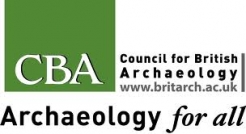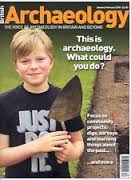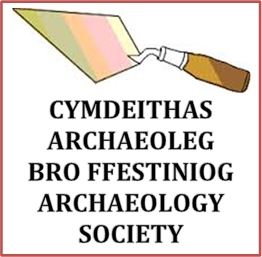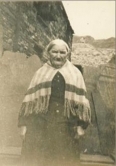 | Capel y Gorlan As with Tiberias we diverge from cataloguing the dwellings and stay with the places of worship for a few hundred metres northward alongside the lake is the Calvinistic Methodist chapel CAPEL Y GORLAN. Possibly the most photographed building in the area but now sadly a shadow of its former self. It has slowly decayed since the slate roof was robbed by thieves in the 1970’s but still remains an imposing site. The names Capel Cwmorthin and later Capel Conglog were also used but the original name may well have been Capel y Golan |
Rhian Williams, a local researcher specialising in Methodist history, has recorded the background of this chapel and we can include her findings here. The work has been translated from the Welsh by Catrin Roberts In the West Meirionnydd Presbyterianism Chest (Welsh Presbyterian Church) there is a lease agreement that follows the template of such leases between landowners and local residents who wished to build or extend a chapel during this period. This particular lease, dated the 9th of November 1870, was between John Ralph Ormsby Gore; a large local landowner (including Rhosydd Quarry), M.P., living in Oswestry; where the document was signed, and the trustee for the Welsh Calvinistic Methodist Chapel of Ffestiniog. This was the lease for Cwmorthin Chapel, a branch of Bethel Chapel, Tanygrisiau. |
It was a small chapel located above Tanygrisiau in a “quiet little nook on the edge of the Moelwynion- with a steep hill one had to climb to it from Tanygrisiau. According to history it was built in 1867 (please note: different date mentioned later) but Sunday school had been held in the Cwmorthin Uchaf Farm since 1855. It was placed so remotely, with weather so austere that this chapel was closed for six weeks in 1895. Sunday school was held there on in the mornings, with Sermons held in the afternoon. | 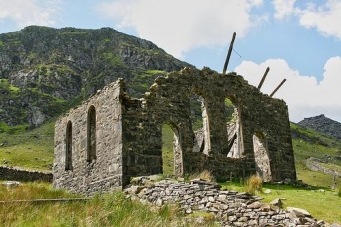 |
The Prayer meetings were held every other Tuesday evening, alternating with the Fellowship meetings. It is believed that the chapel was closed sometime between 1929 and 1939, possibly after 1932. Negotiation then took place with Ormsby Gore for the lease of a piece of land, and upon reaching an agreement the Presbyterians called upon many of their ministers (and there were plenty to choose from) and many a local elder to sign on behalf of the union as trustees. The local minister named was Reverend Owen Jones (Bethesda and Tabernacl; Blaenau from 1864). Samuel Owen (Tanygrisiau from 1865), David Roberts (Rhywbryfdir from 1868) Elias Jones (Maentwrog, then Talsarnau), together with the Reverends Evan Jones (Corris from 1867) and Robert Owen (Pennal from 1865), the last one appearing often enough as the Trustee in his time as well as being an author of the very useful history of the Presbyterians. The Reverend Samuel Owen was the first minister at Bethel (and therefore the minister for Cwmorthin) from 1865 until his death in 1903. He was born in 1836 and originated from Bala, and the Reformation of 1859 had a deep effect on him. He worked hard on promoting the Bill for closing the public houses on the Sabbath. The image below shows a plan of the chapel made by Dr Michael Lewis during research into the book "Rhosydd Quarry" published in 1974, co-authored by J H Denton |



